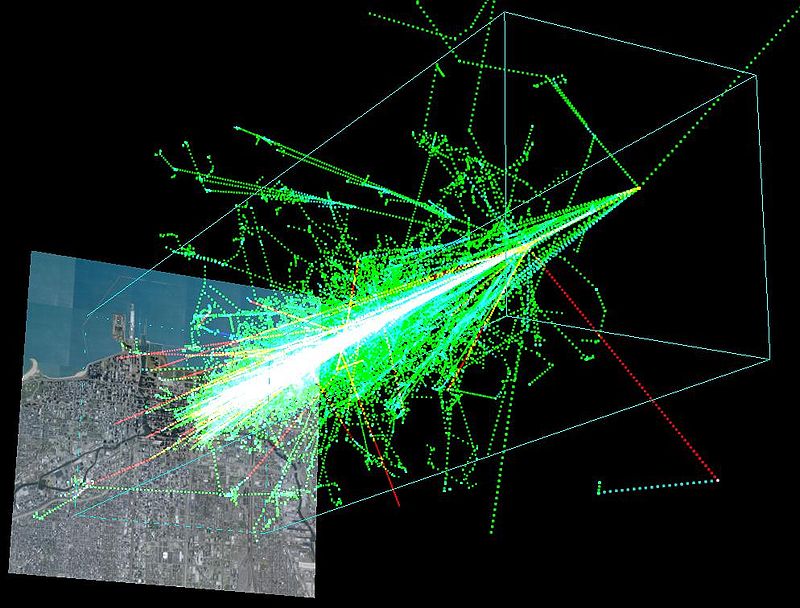

The Earth’s atmosphere has a low density but is dense enough to allow air. It is amazing to think that a single cosmic ray may have been travelling across space for millions of years before it reached the Earth. The research is detailed in a recent online edition of the American Geophysical Union's Journal of Geophysical Research. Cosmic rays are charged particles, mostly protons or other small atomic nuclei, moving at speeds close to the speed of light. "Now we can put this whole modeling field on more solid footing and project GCR dose rates from the present period back through time when different interplanetary conditions prevailed." Cosmic Rays is a two-part book that first elucidates the discovery, nature, and particles produced by cosmic rays. "This has provided us with a unique opportunity because we’ve never made these types of measurements before over an extended period of time, which means we’ve never been able to validate our models," Schwadron said. They blaze at the speed of light and have been blamed for electronics problems in satellites and other. The new findings are especially useful because the Lunar Reconnaissance Orbiter's CRaTER instrument, which the researchers used in the new study, measures how much radiation pierces a layer of plastic designed to simulate human tissue, thus revealing how much radiation would likely pass through astronauts' bodies.įurthermore, the measurements were made during a period of especially heavy cosmic ray radiation, because the sun happened to be experiencing a lull in activity, which otherwise would have damped down on cosmic rays. Cosmic rays are atom fragments that rain down on the Earth from outside of the solar system.
#Cosmic rays full
While our planet's atmosphere protects us from the brunt of cosmic rays, the moon, which has no atmosphere, is exposed to their full force. They flow into our solar system from elsewhere in the galaxy, and their paths are bent by the magnetic fields of the sun and Earth. The cosmic radiation is a part, really, of geophysics, to be studied not only in the laboratory but also everywhere that is attainable. Most cosmic rays are atomic nuclei stripped of their atoms with protons ( hydrogen nuclei) being the most abundant type but nuclei of elements as heavy as lead have been measured. Two important facts support the view that cosmic rays are of extragalactic origin, if, for the moment, we disregard the possibility that the earth may.

They are high energy particles that move through space at nearly the speed of light. What are cosmic rays Cosmic ray particles hit the Earths atmosphere at the rate of about 1000 per square meter per second. Cosmic rays are predominantly protons, electrons, and charged nuclei of basic elements. Cosmic rays provide one of our few direct samples of matter from outside the solar system.


 0 kommentar(er)
0 kommentar(er)
